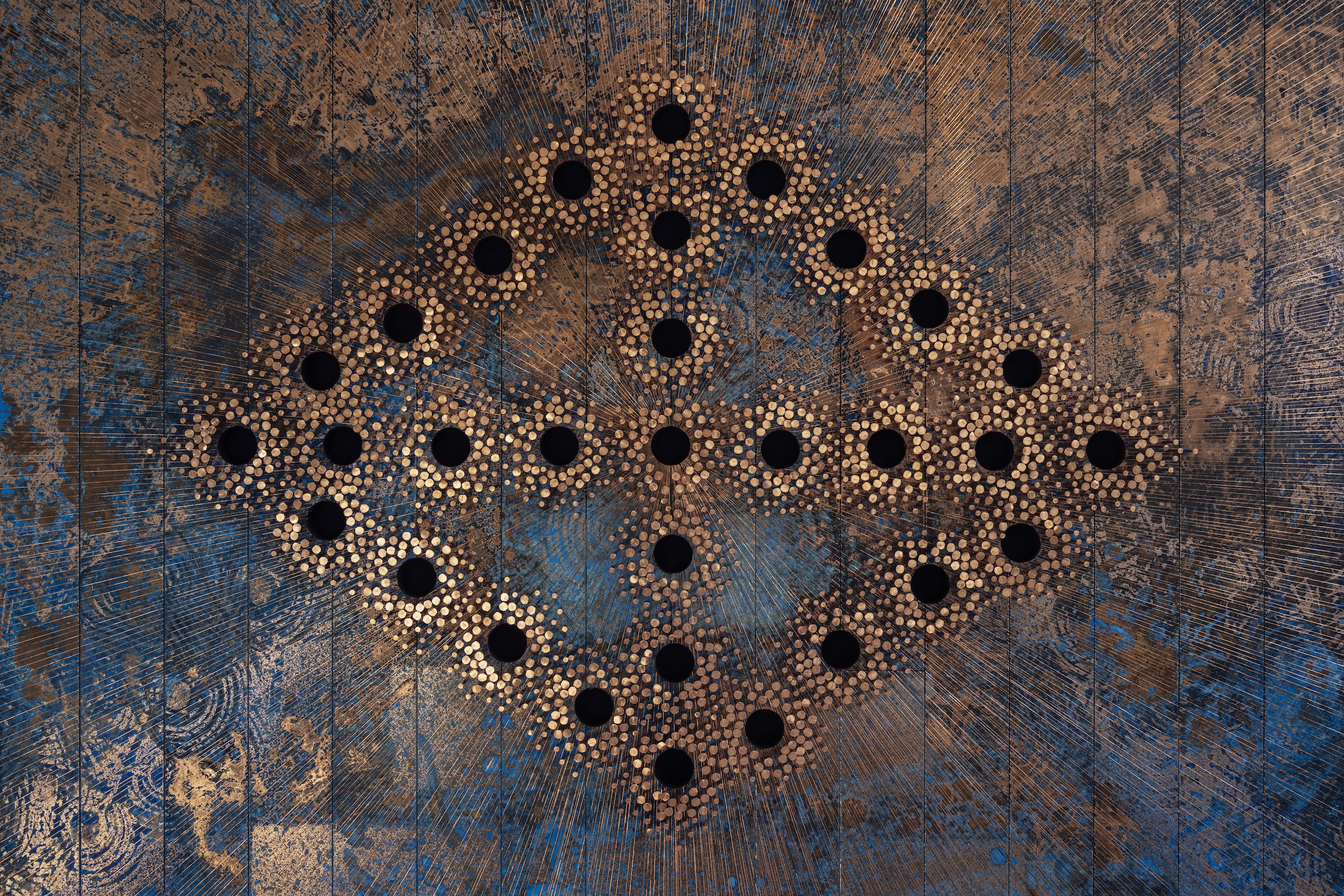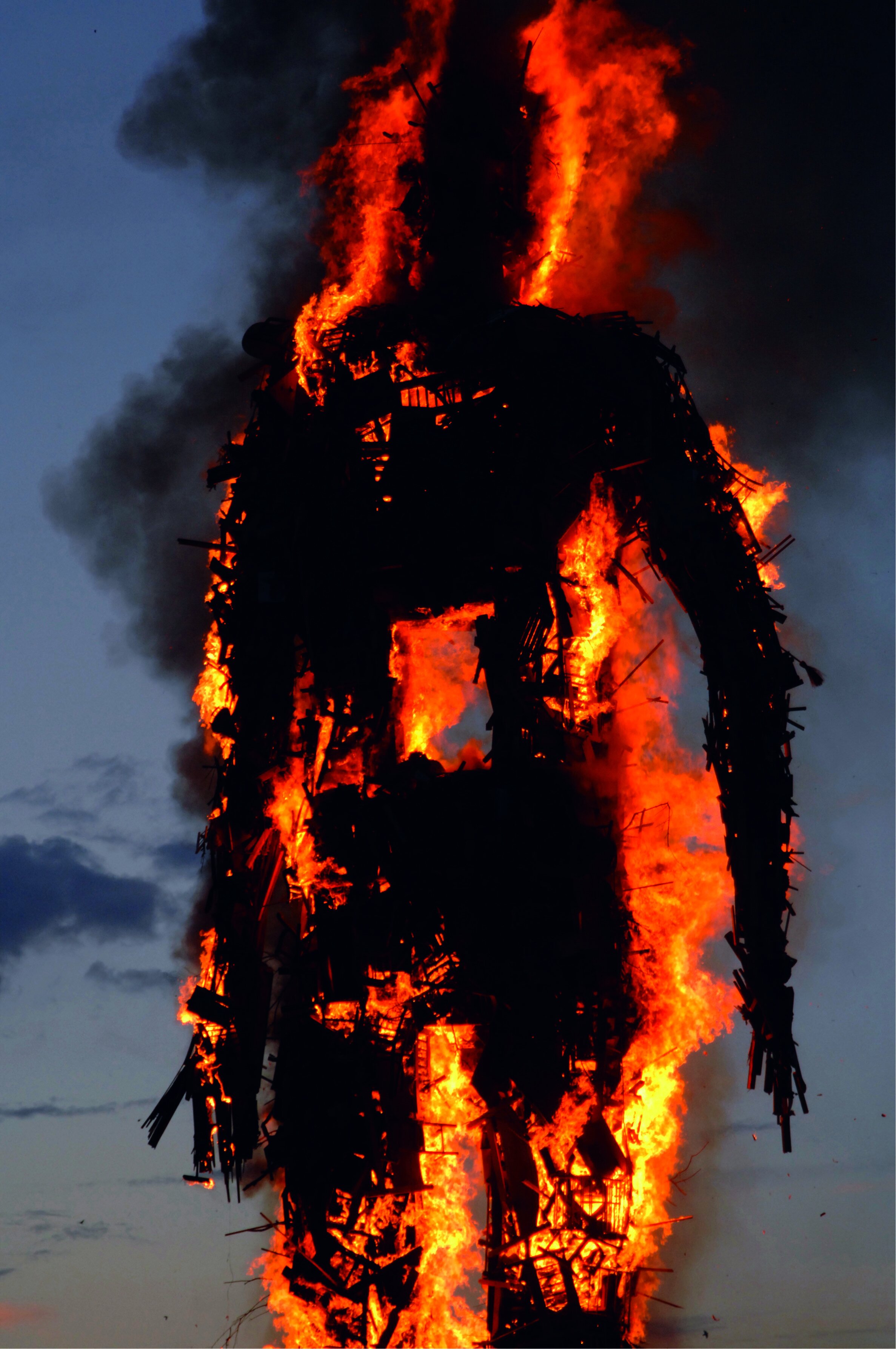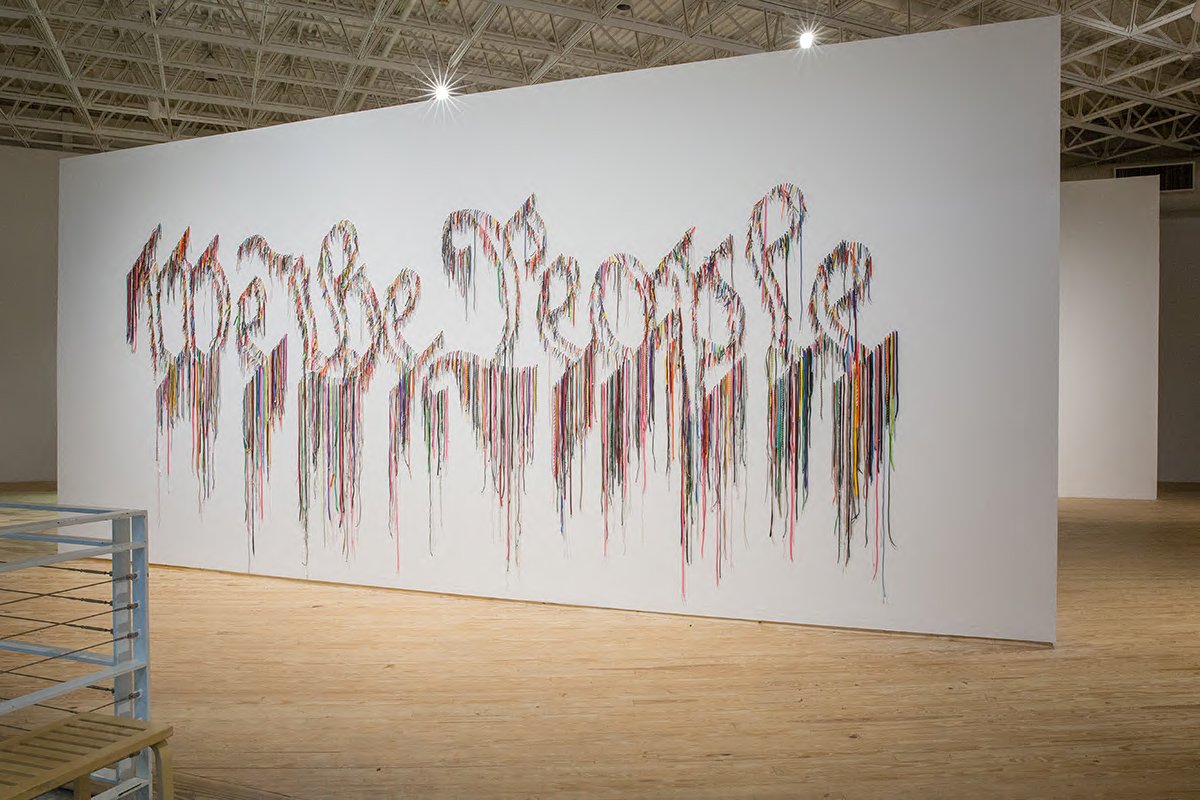Ep. 49: Beyond the Studio: In Conversation with Sculptors Antony Gormley and Nari Ward
Breathing Vertical (2020), Nari Ward. Photographed by: Oak Taylor-Smith
RUN II (2020), Antony Gormley. Photographed by: Charles Duprat
The works of sculptors Antony Gormley and Nari Ward include installations and public artworks which investigate and confront points of memory, history and the present.
Questioning human nature and the relationship between the body and spaces, much of Gormley’s work examines the idea of containment and fluidity within spaces. Part of Ward's practice examines consumer culture, race and poverty through mixed materials placed in contrast with one another, as well as the use of poetry and prose to tell a myriad of stories.
In conversation guided by host Chrystal Genesis, the artists contemplate the role of objects, and the boundaries of sculpture in forming the narratives of their work. Their wide ranging discussion addresses how art helps us overcome, and the influence of family and storytelling on their individual practices.
WASTE MAN (2006), Antony Gormley. Photographed by: Thierry Bal
ASIAN FIELD (2003), Antony Gormley. Photographed by: Dan Leung
Antony Gormley by Lars Gundersen
British Sculptor Antony Gormley’s artworks consist of sculptures, installations, and public works. His often large scale works interrogate and bring to the forefront the relationship between the human body and space. Gormley uses the medium of sculpture to engage with questions around nature and architecture, exploring the relationship between humanity, the edges of spaces, and the environment.
The range of materials used include concrete, iron and clay. Inviting viewers to openly experience and feel a range of emotions in the presence of his work. The role of art as an open space is key to his practice.
Some of his most notable works include, Field (1991), Angel of the North (1998), and Host (1991). Gormley won Britain’s prestigious Turner Prize in 1994, and his work has been widely exhibited throughout the UK and internationally with exhibitions at the National Gallery Singapore, Singapore (2021); Philadelphia Museum of Art, Philadelphia (2019); the Royal Academy of Arts, London (2019); Delos, Greece (2019).
We the People (2011), Nari Ward. Photographed by Tere Garcia
Amazing Grace (1993), Nari Ward. Photographed by Tere Garcia
Nari Ward
Born in Jamaica, raised in New York, sculptor Nari Ward is known for his use of ordinary objects composed of discarded materials, found and collected in his neighbourhood, and in areas of interest which are formed into layered installations and sculptures. Ward’s creative approach covers his native Jamaica, and materials found in Harlem where Ward lives and works, subverting the meaning of often discarded material objects such as carpets, shoelaces or prams into reflections on power, humanity, racism, and historical memory.
His practice also includes the use of bronze and copper sheets, and the contrasting application of light calling attention to the many edges of a piece. Exhibited in a range of spaces and varying in size, Ward’s practice invites viewers to question the human condition.
Some of Ward’s most notable works include Carpet Angel (1992) and We the People (2015). Ward has received numerous honors and distinctions including most recently the Fellowship Award, The United States Artists, Chicago (2020), and the Vilcek Prize (2017).
Exhibitions of note include, Clapping with Stones: Art and Acts of Resistance, Rubin Museum of Art, New York, NY (2019); We The People, Contemporary Arts Museum, Houston TX (2019), and Terre Vulnerabili: a growing exhibition, Hangar Bicocca, Milan Italy, (2010).
Front Page Image Credit: Courtesy of artists Antony Gormley and Nari Ward








